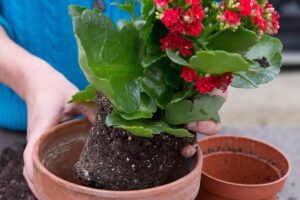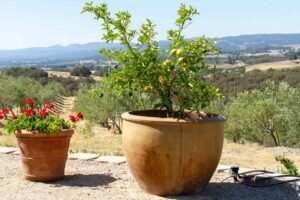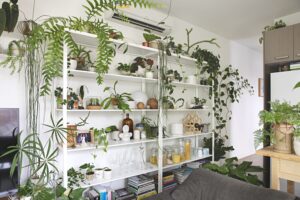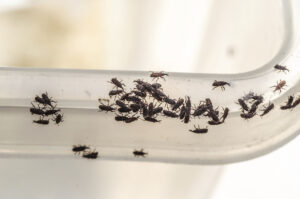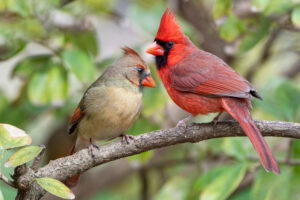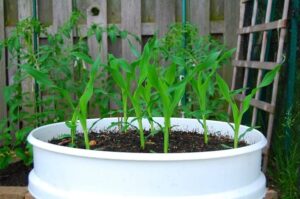What Side Of The House Do You Plant Hydrangeas
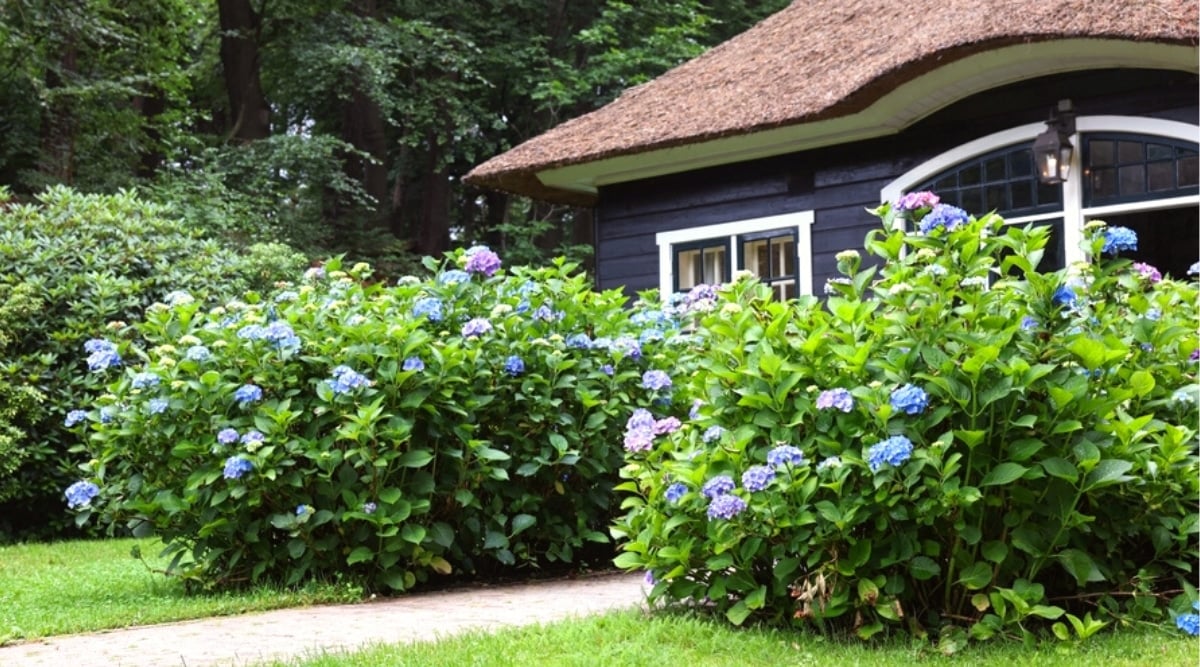
Introduction.
Deciding which side of the house to plant hydrangeas involves considering several factors, including sunlight exposure, soil conditions, and aesthetic preferences. While hydrangeas are versatile and can thrive in various conditions, choosing the right location can significantly impact their growth, bloom quality, and overall health. In this article, we’ll explore the considerations for planting hydrangeas on different sides of the house.
Want to know What Side of the House You Need to Plant Hydrangeas for the best growth and more blooms? We have all the details!
a. Sunlight Exposure:
One of the primary factors to consider when planting hydrangeas is sunlight exposure. Hydrangeas generally prefer partial shade to full sun, depending on the variety. Therefore, the ideal location for planting hydrangeas largely depends on the amount of sunlight the area receives throughout the day.
- North Side of the House:
- The north side of the house typically receives less direct sunlight compared to other orientations, making it suitable for hydrangeas that prefer partial shade.
- Hydrangeas planted on the north side may benefit from protection against intense afternoon sun, especially in hotter climates where excessive heat can stress the plants.
- However, it’s essential to ensure that the north-facing location still receives adequate light, as too much shade can result in poor flowering and leggy growth.
- East Side of the House:
- The east side of the house receives morning sun and partial shade in the afternoon, making it an excellent choice for many hydrangea varieties.
- Hydrangeas planted on the east side can enjoy the benefits of gentle morning sunlight, promoting healthy growth and blooming, while also being sheltered from the harsh afternoon sun.
- This orientation provides a balanced light exposure that suits most hydrangea cultivars, allowing them to thrive without being overwhelmed by excessive heat or shade.
- South Side of the House:
- The south side of the house typically receives the most sunlight throughout the day, which can be both an advantage and a challenge for hydrangeas.
- While some hydrangea varieties can tolerate full sun, others may struggle with intense heat and require additional watering and protection from afternoon sun.
- When planting hydrangeas on the south side, it’s crucial to select heat-tolerant varieties and provide adequate moisture and shade during hot summer months to prevent wilting and sunburn.
- West Side of the House:
- The west side of the house receives intense afternoon sun, which can be challenging for hydrangeas, especially in regions with hot summers.
- While some hydrangea varieties can tolerate full sun, those planted on the west side may benefit from afternoon shade or protection from direct sunlight to prevent heat stress and wilting.
- Consider planting hydrangeas near taller structures or trees on the west side to provide shade during the hottest part of the day while still allowing them to receive sufficient light for healthy growth.
b. Soil Conditions:
In addition to sunlight exposure, soil conditions play a crucial role in determining the success of hydrangea plants. Hydrangeas thrive in well-drained, fertile soil with a slightly acidic to neutral pH. Before planting, it’s essential to assess the soil quality and make any necessary amendments to create an optimal growing environment for hydrangeas.Best soil for hydrangea plants is Loam soil.
Loam Soil: Hydrangeas thrive in loamy soil, which is a mixture of sand, silt, and clay. Loamy soil provides good drainage while also retaining moisture and nutrients.
- Soil Moisture:
- Hydrangeas prefer consistently moist soil, especially during the growing season. Soil on the north and east sides of the house tends to retain moisture better due to less evaporation from direct sunlight, making these locations suitable for hydrangeas.
- However, it’s essential to avoid waterlogged conditions, as excessive moisture can lead to root rot and other problems. Proper drainage is critical, especially in heavy clay soils.
- Soil pH:
- Soil pH influences the flower color of some hydrangea varieties, with acidic soil producing blue flowers and alkaline soil producing pink flowers. Neutral pH soil typically results in purple or a mix of pink and blue flowers.
- Before planting hydrangeas, it’s advisable to test the soil pH and adjust it accordingly using amendments such as elemental sulfur for acidification or lime for alkalization, depending on the desired flower color.
c. Aesthetic Considerations:
Aside from practical considerations, the aesthetic aspect of planting hydrangeas should not be overlooked. Hydrangeas are prized for their beautiful blooms and lush foliage, making them popular choices for landscaping and garden design. When selecting the location for planting hydrangeas, consider the following aesthetic factors:
- Curb Appeal:
- Plant hydrangeas in areas where they can enhance the overall curb appeal of your home. Consider the architectural style, color scheme, and landscaping features to create a cohesive and visually appealing design.
- Hydrangeas planted near the front entrance or along walkways can add a welcoming touch and create a focal point for the landscape.
- Complementary Plantings:
- Pair hydrangeas with other plants that complement their foliage and flower colors. Choose companion plants that thrive in similar growing conditions and provide contrast in texture, height, and bloom time.
- Incorporate a mix of evergreen shrubs, perennials, and annuals to create visual interest and extend the season of interest in the garden.
- Privacy and Screening:
- Use hydrangeas to create natural privacy screens or barriers along property lines or outdoor living areas. Select taller varieties or plant multiple specimens to form dense hedges or borders that provide privacy while adding beauty to the landscape.
- Consider the mature size and growth habit of hydrangea varieties to ensure they fit the intended space without overcrowding or obstructing views.
In conclusion, choosing the right side of the house to plant hydrangeas involves assessing sunlight exposure, soil conditions, and aesthetic preferences. Whether you opt for the north, east, south, or west side, ensure that the location provides the appropriate light levels, soil moisture, and pH for optimal growth and blooming. By selecting the ideal planting site and incorporating hydrangeas into your landscape design, you can enjoy their stunning blooms and lush foliage while enhancing the beauty of your home and garden.

